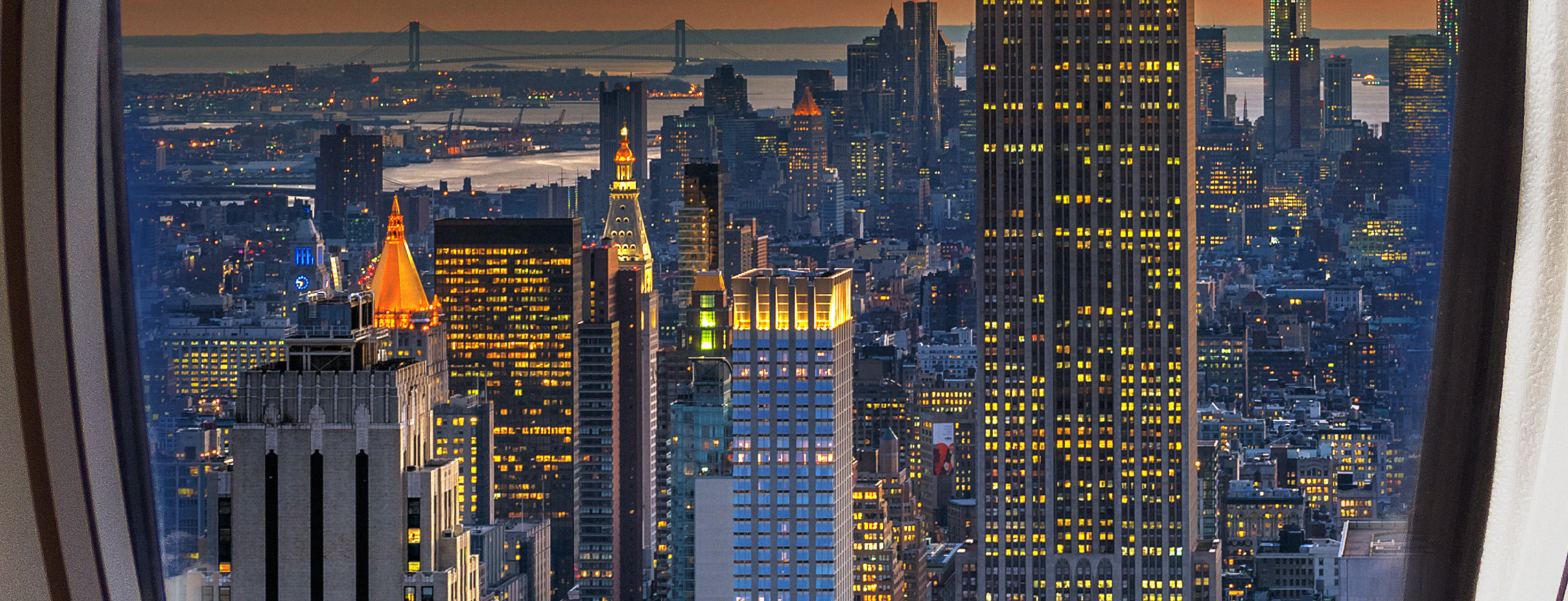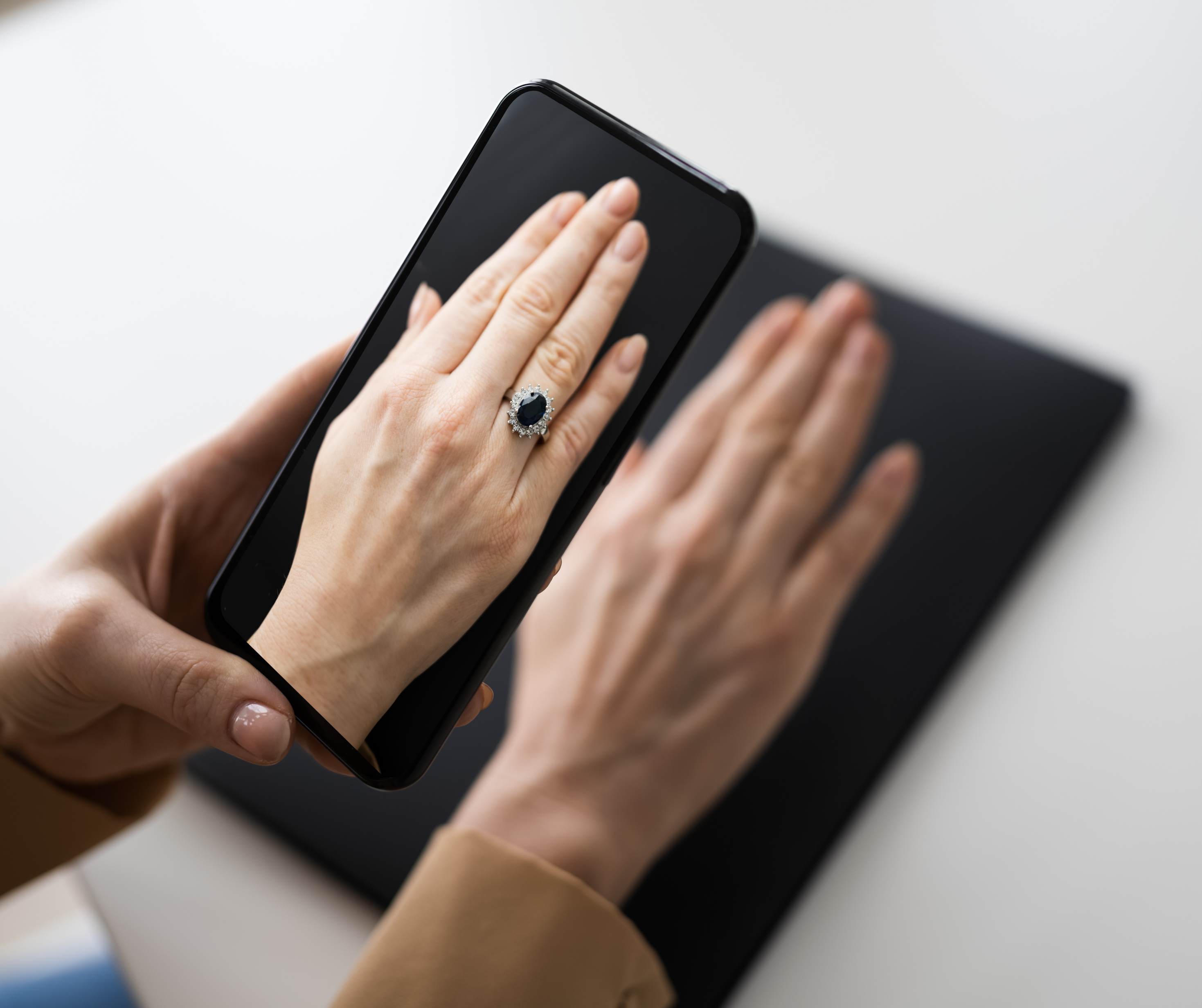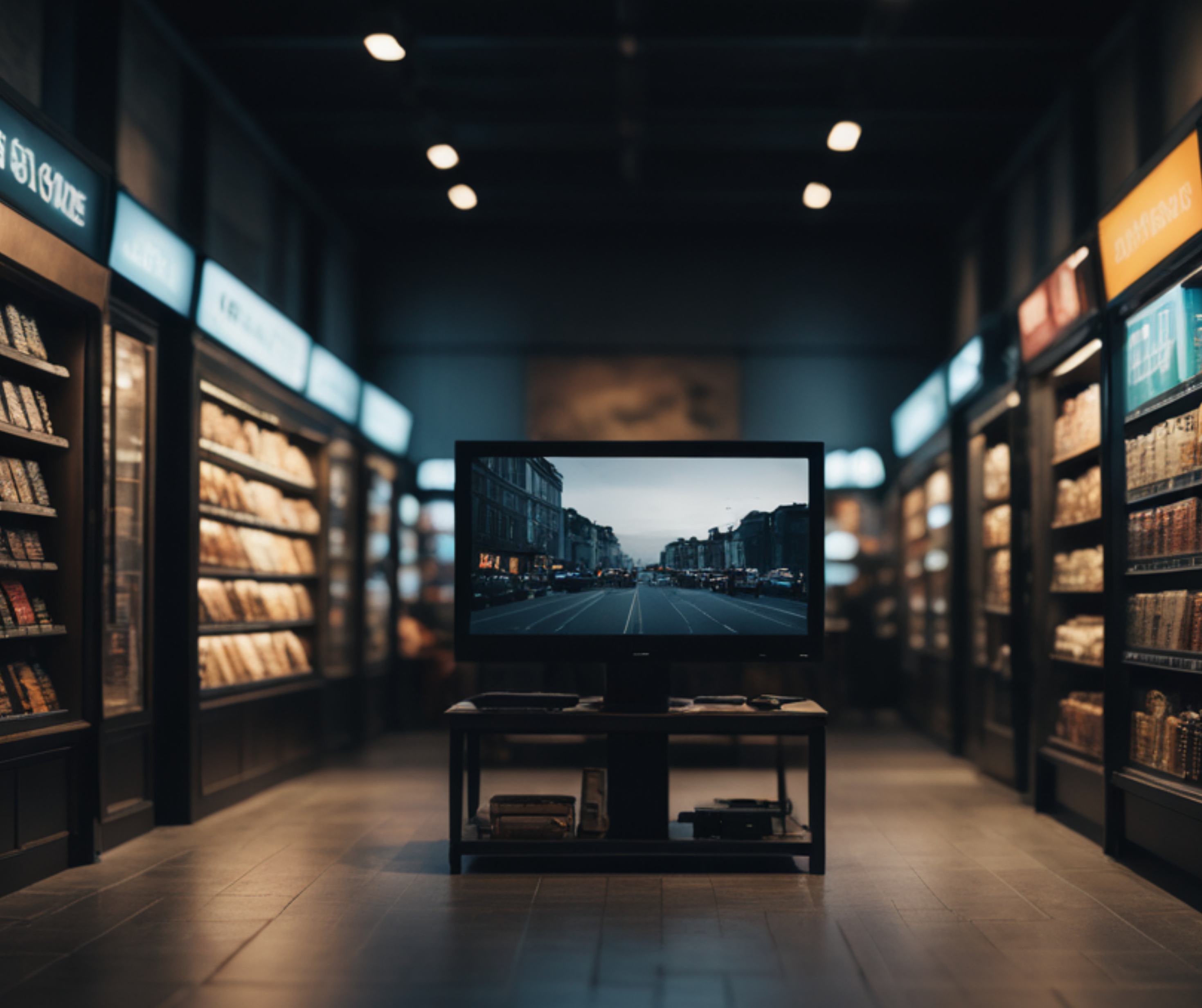
Virtual Experiences: Trends Shaping Retail in New York 🌆
The retail landscape in New York is evolving rapidly, and virtual experiences are at the forefront of this transformation.
As technology continues to advance, brands are harnessing the power of virtual reality (VR) to create immersive and interactive shopping experiences.
In this blog post, we’ll explore the latest trends in virtual experiences and how they’re reshaping retail in the Big Apple. 🌆🛍️
The Rise of Virtual Reality in Retail
Virtual reality is no longer just a futuristic concept; it's becoming an integral part of retail. In New York, brands are embracing VR to offer customers a unique shopping journey.
From virtual try-ons to interactive store tours, VR technology is revolutionizing how consumers engage with brands.

By creating virtual environments that mimic real-life shopping experiences, retailers can enhance customer satisfaction and drive engagement. 🕶️💫
Enhancing Customer Engagement Through Virtual Experiences
One of the primary benefits of virtual experiences is their ability to boost customer engagement.
Virtual try-ons allow shoppers to see how products will look on them without physically trying them on, which can increase conversion rates and reduce returns.
For instance, beauty brands are using VR to let customers test makeup products virtually, while fashion retailers offer digital fitting rooms.
This level of interactivity not only improves the shopping experience but also makes it more enjoyable and convenient. 💄👗
Creating Immersive Brand Experiences
In New York, brands are pushing the boundaries of virtual experiences to create immersive brand environments.
For example, some retailers are developing virtual flagship stores that replicate the look and feel of their physical locations.
These virtual stores often feature interactive elements, such as product demonstrations and live chat options, allowing customers to engage with the brand more dynamically.
This approach not only attracts tech-savvy shoppers but also helps brands stand out in a competitive market. 🏙️✨
The Role of Augmented Reality (AR) in Retail
While virtual reality is making waves, augmented reality (AR) is also playing a significant role in shaping retail experiences.
AR overlays digital information onto the real world, enhancing the shopping experience without fully immersing the user in a virtual environment.

In New York, AR is being used to create interactive store displays, provide product information, and even guide customers through stores.
This technology allows brands to offer a seamless blend of online and offline shopping experiences, meeting the needs of modern consumers. 📲🛒
Embracing Virtual Reality for Events and Activations
Retail activations in New York are increasingly incorporating VR to create memorable events.
Brands are hosting virtual launch parties, product demos, and immersive experiences that captivate attendees and generate buzz.
By leveraging VR technology, brands can engage with a wider audience and offer unique experiences that stand out.
For example, a fashion brand might host a virtual fashion show where attendees can view the latest collection in 360 degrees, creating a buzz that extends beyond the physical event. 🎉👠
Measuring the Success of Virtual Experiences
As virtual experiences become more prevalent, measuring their success is crucial.
Brands need to track key metrics such as engagement rates, conversion rates, and customer feedback to evaluate the effectiveness of their virtual initiatives.
Analyzing these metrics helps brands understand what works and what doesn’t, allowing them to refine their strategies and deliver even better experiences in the future. 📊🔍
Future Trends in Virtual Retail
Looking ahead, virtual experiences in retail are set to evolve further. Innovations such as AI-driven virtual assistants, more advanced VR and AR technologies, and enhanced data analytics will continue to shape the retail landscape.

Brands that stay ahead of these trends and adapt their strategies accordingly will be well-positioned to thrive in the ever-changing retail environment. 🚀🔮
Conclusion
Virtual experiences are transforming retail in New York, offering new and exciting ways for brands to engage with customers.
By embracing VR and AR technologies, retailers can create immersive and interactive shopping experiences that stand out.
As these technologies continue to advance, the possibilities for virtual retail are endless.
So, get ready to embrace the future of retail and make the most of these innovative experiences! 🌟🛍️
About Tulipr
Tulipr leads in experiential marketing, creating immersive brand experiences that captivate audiences. We blend creativity with technology to turn ordinary interactions into extraordinary moments.
Let’s chat about making your brand the talk of the town. Hit us up at Tulipr, and let’s create something amazing together.
Give us a ring 📞, shoot us an email 📧, or send a carrier pigeon 🐦.
Let’s make retail history, one mind-blowing pop-up at a time.
Click here to reach us.
Stay cool,
The Crew 🌷
